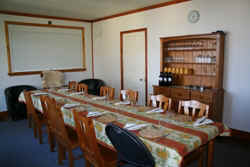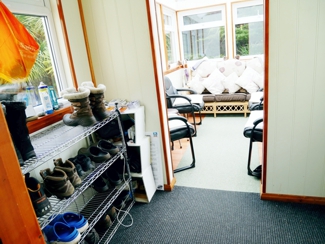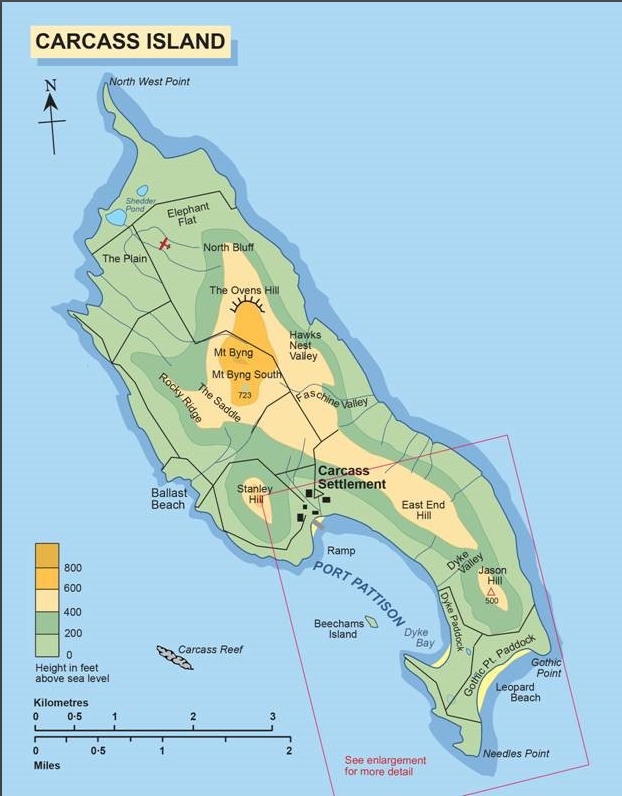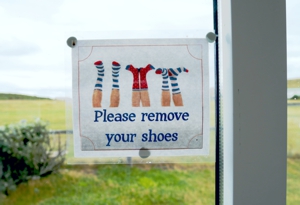
Custom Designing Pampered Adventure since 1966

Destinations
Experiences
 |
L A D A T C
O T O U R S Custom Designing Pampered Adventure since 1966 |
 |
||||||||
| HOME | South America | Falkland Islands | Antarctica | Unique Destinations |
Unique Experiences |
Newsstand | ||||
|
||||
|
|
 |
 |
|
CARCASS ISLAND Lying to the northwest of the Falklands archipelago, this is one of the most picturesque outer-lying islands. Carcass Island is about 10km (6¼ miles) long, with a maximum width of 2·5km (1½ miles) and covers 1,894ha (4,680 acres). It takes its name from HMS Carcass which visited in the late 18th century. There are large sand bays, a tidal rock point to the north-west and cliffs and slopes along the north-eastern coast. There are several freshwater ponds which are important for wildfowl. The highest point is Mount Byng (213m, 700ft). It has been a sheep farm for more than a century but careful management has retained a place rich in wildlife with songbirds, penguins, and a diverse plant life that includes areas of mature tussac grass. Charles Hansen, a Dane, was the first farmer to lease the land, setting up a sheep farm in 1872, building the settlement and fencing off livestock areas. Large areas were planted with tussac for use as winter animal feed. He passed the farm to his son Jason Hansen, and then ownership passed to Cecil and Kitty Bertrand, originally in partnership with others and then on their own. They continued to farm the land whilst protecting its wildlife.Rob and Lorraine McGill have owned the island since 1974. The Island is self-sufficient in organic vegetables, meat and dairy produce. Although Carcass still supports sheep, tourism is now the main focus. In its 100+ years of habitation this island has had only three owners, all environmentally conscious, and an absence of cats and rats, making the luxuriant, well established hedges and trees an attractive home to many small birds such as the Cobb’s wren, Black-chinned siskins and Falklands thrush.
The sandy beaches, rolling hills and low cliffs are superb platforms from which to view
the multitude of sea and shore birds that either breed or feed on and around this island.
These include Gentoo and Magellanic penguin, Yellow-billed pintail and Flightless steamer
ducks, Magellanic oystercatchers, the rare Striated caracara and Red-backed hawk. A
growing colony of Southern elephant seals can be found at the far north west point of the
island. The care and freedom from predation has left Carcass with a slightly different ambiance to anywhere else in the Falklands which is immediately evident and which really needs to be experienced rather than described. As there are no guided excursions on the island you will have plenty of time to explore this very special island completely at your own leisure.
|
 |
| One special note: It is tradition in the islands to discard your footgear in the sun-room foyer before entering the main house. This has been the practical way over the years to keep the outdoors out and in the indoors cleaner. And after a hard day of exploring the spectacular wildlife of the area, your shoes can be pretty grubby. Plan to bring along a pair of warm socks or slippers to wear inside the house. |
||
 Darwin House |
||